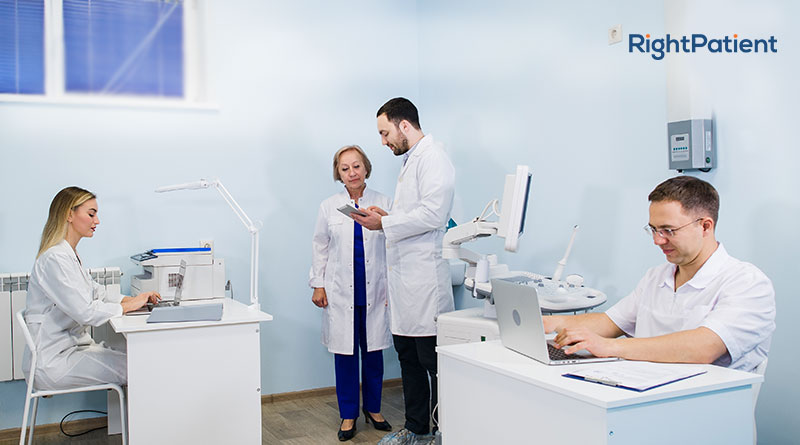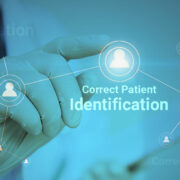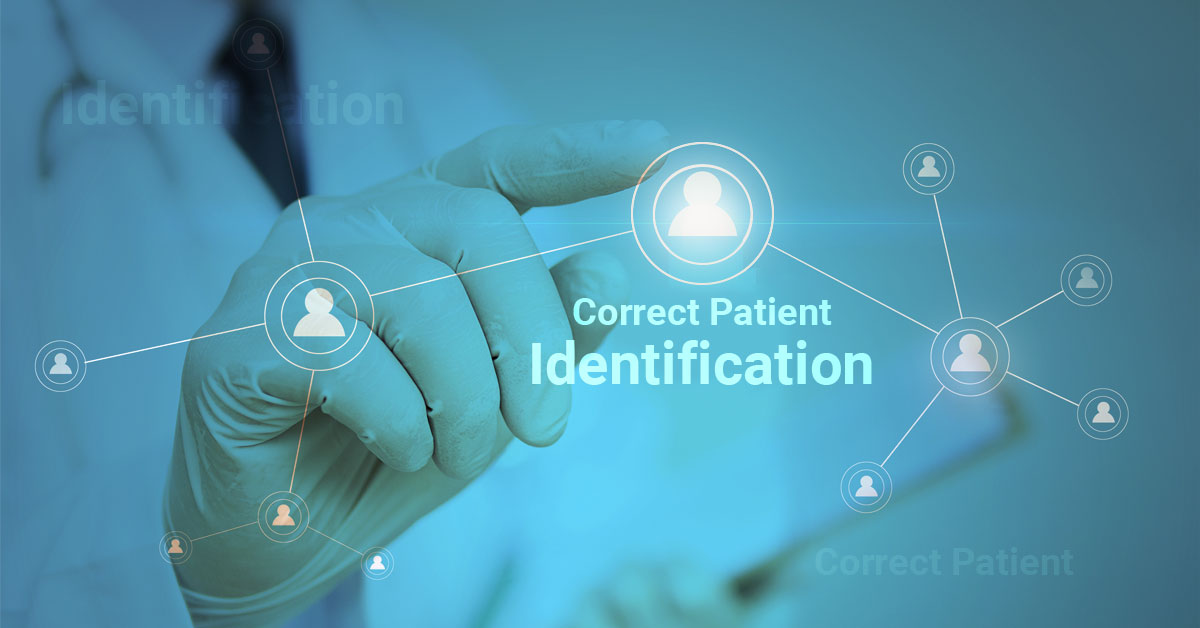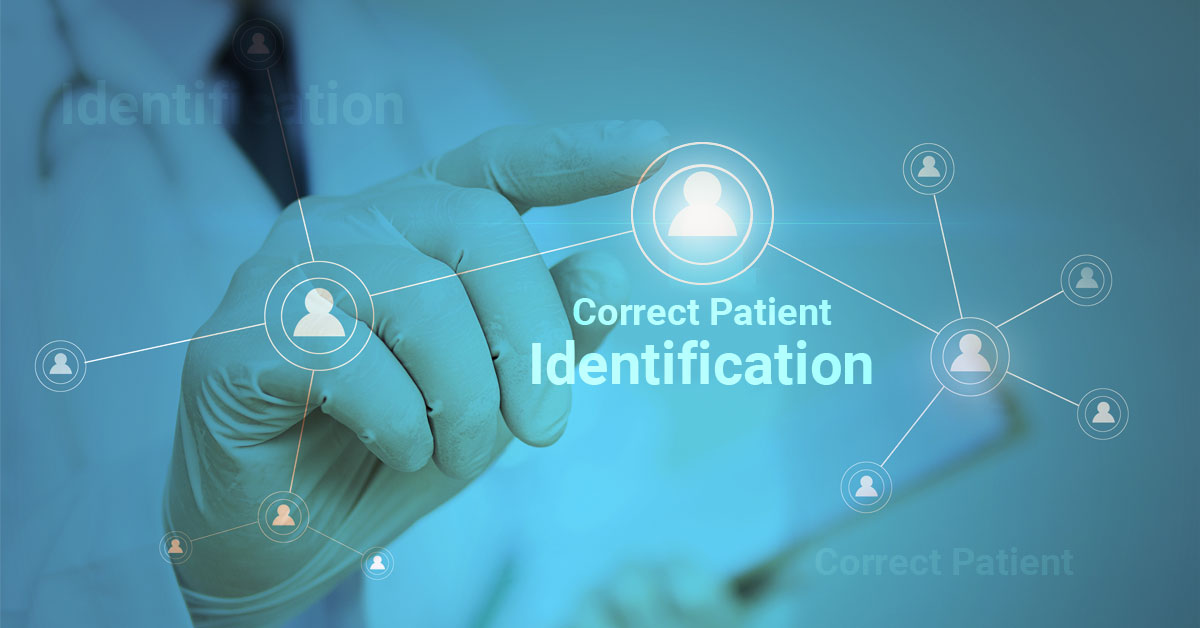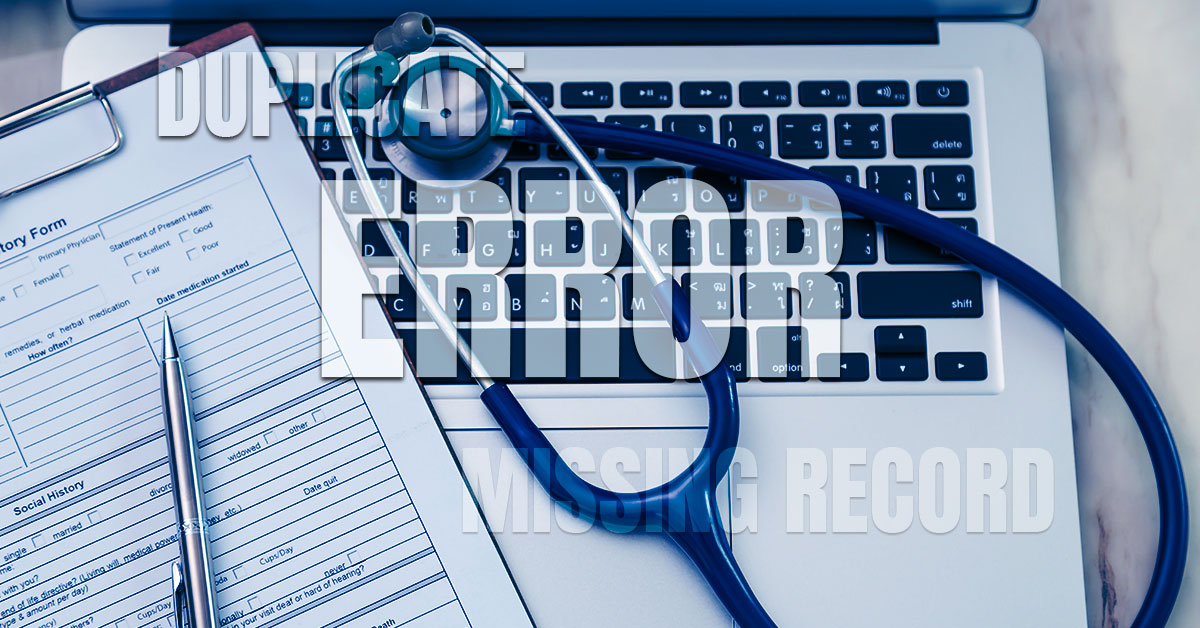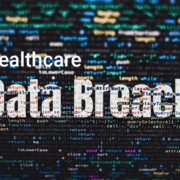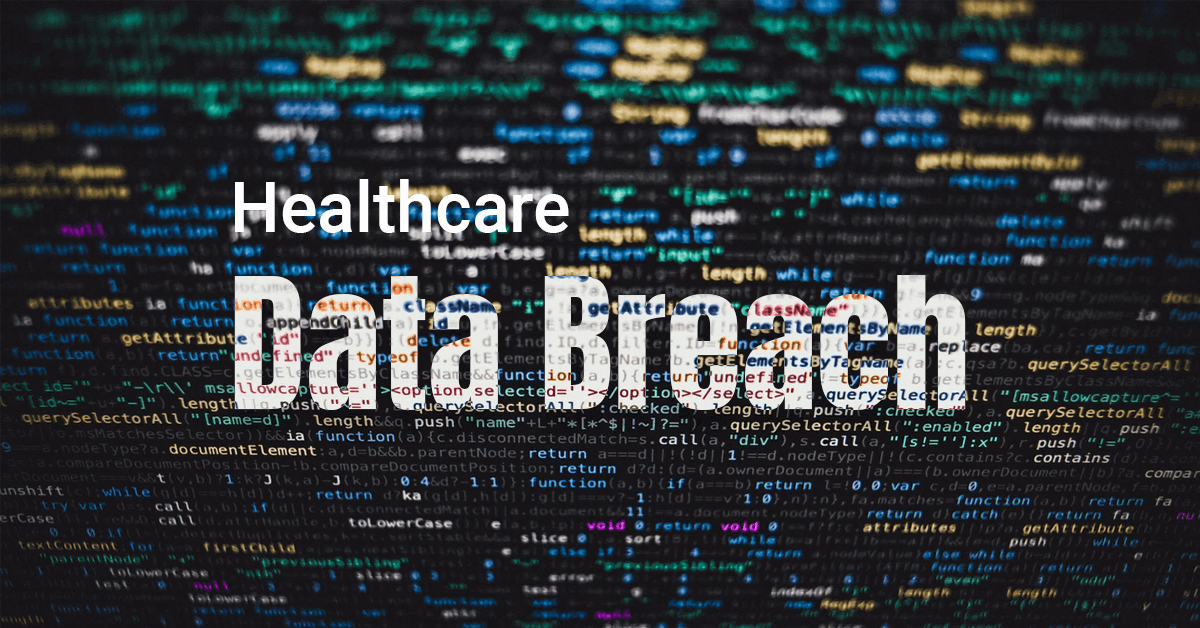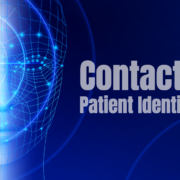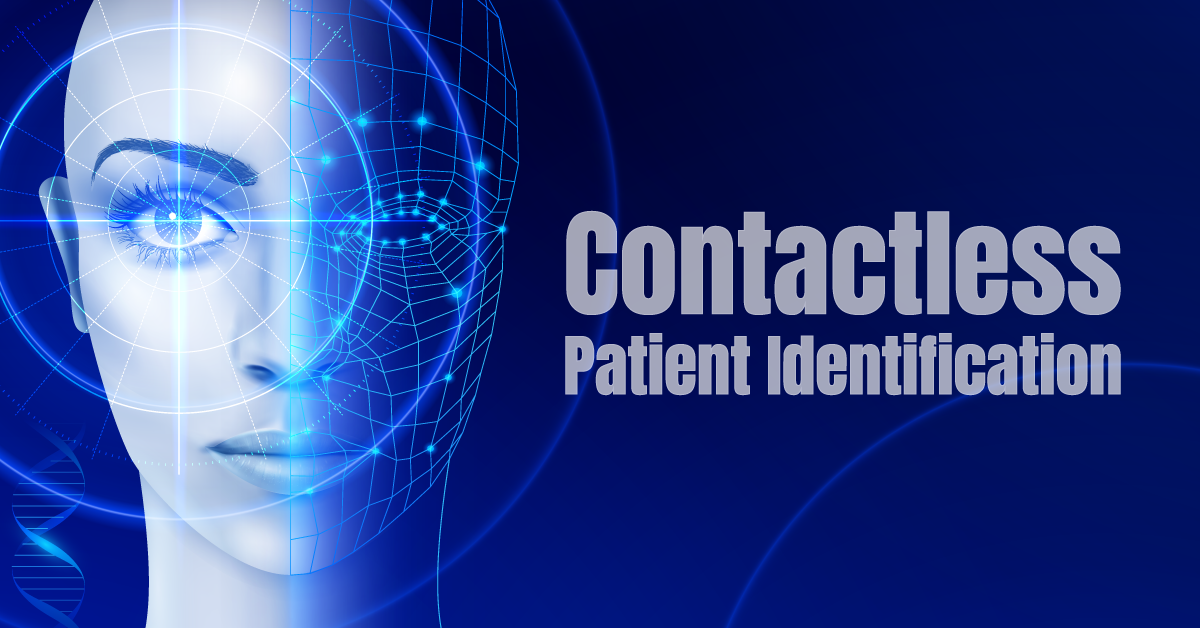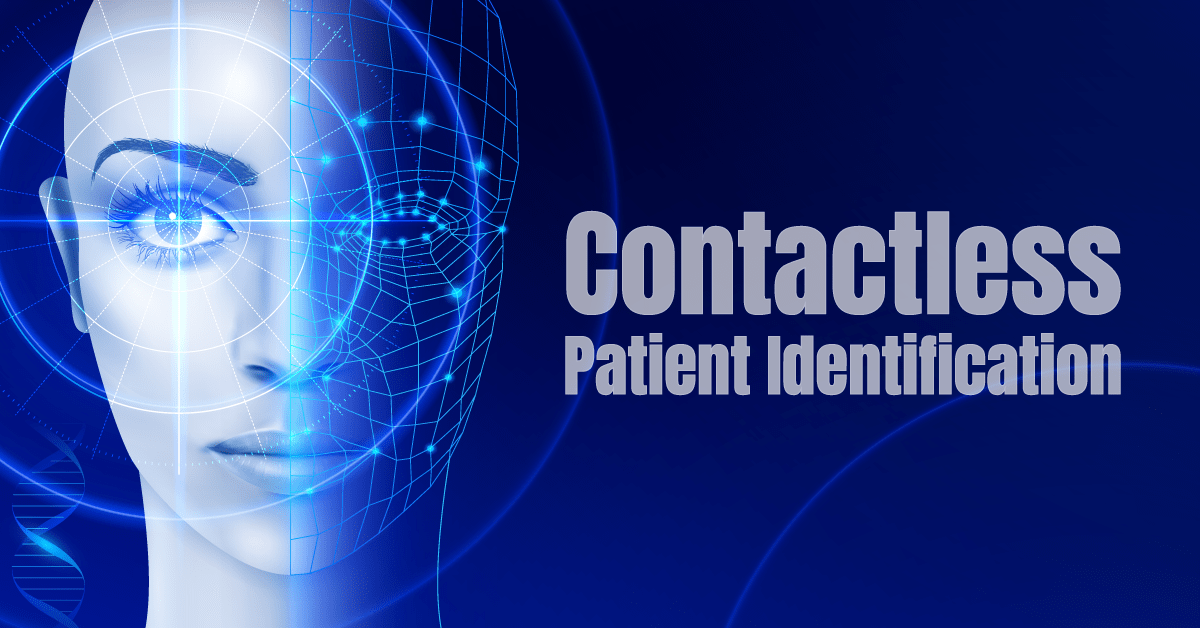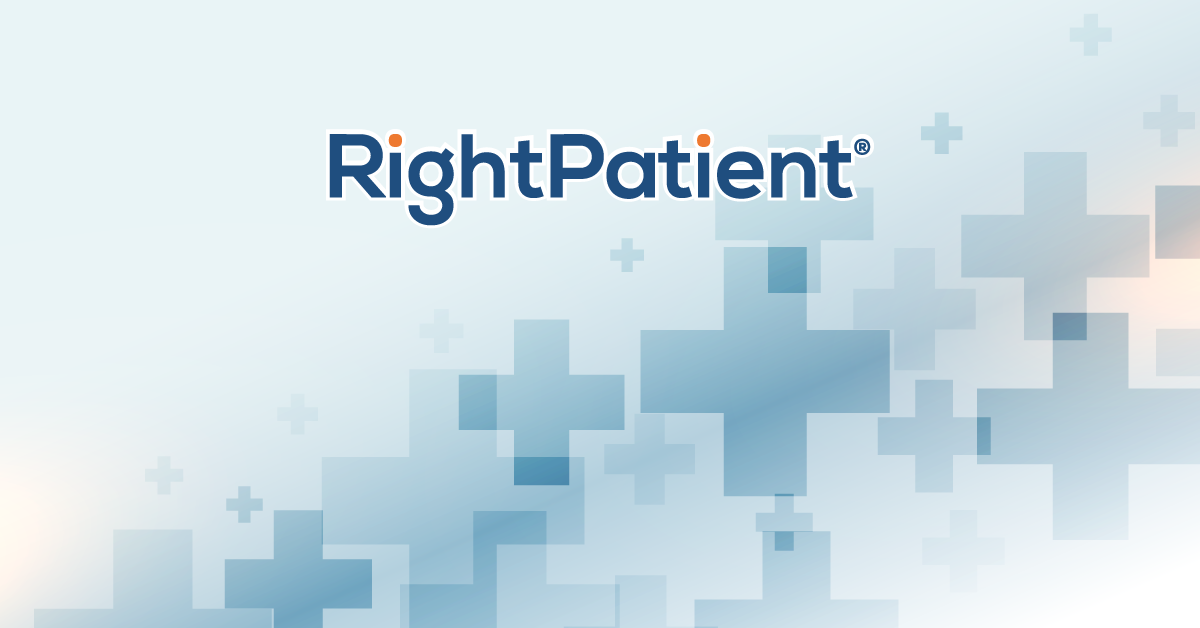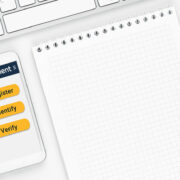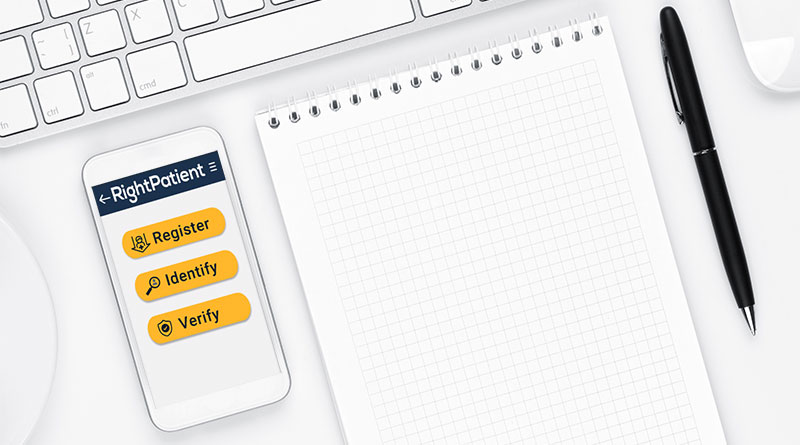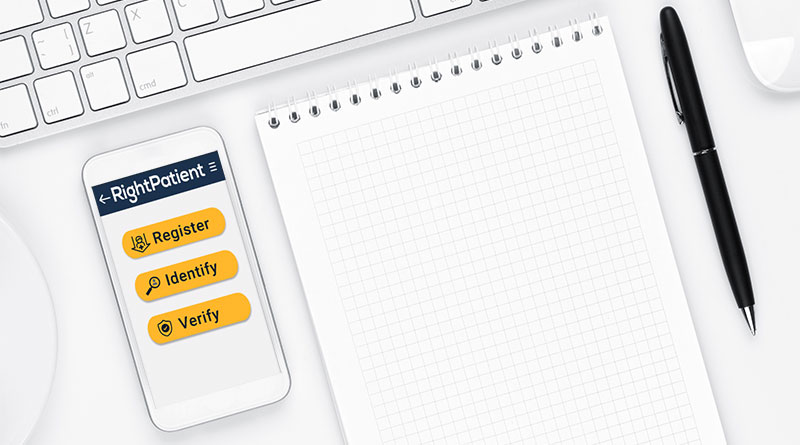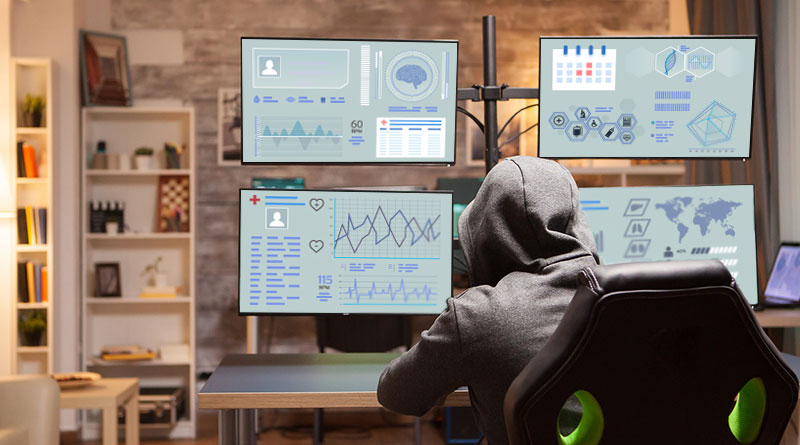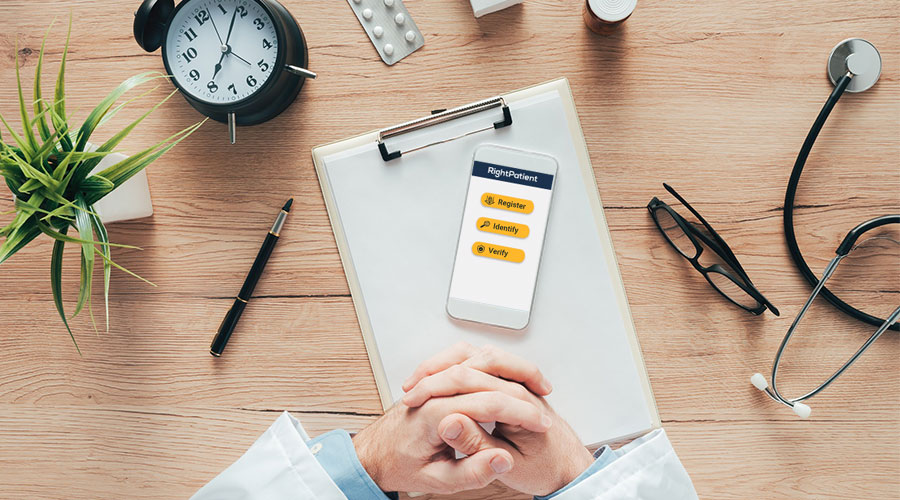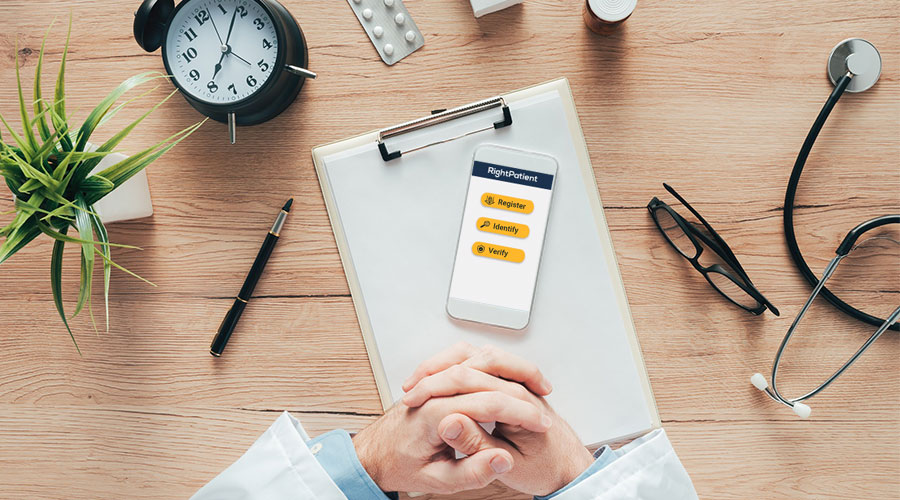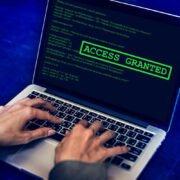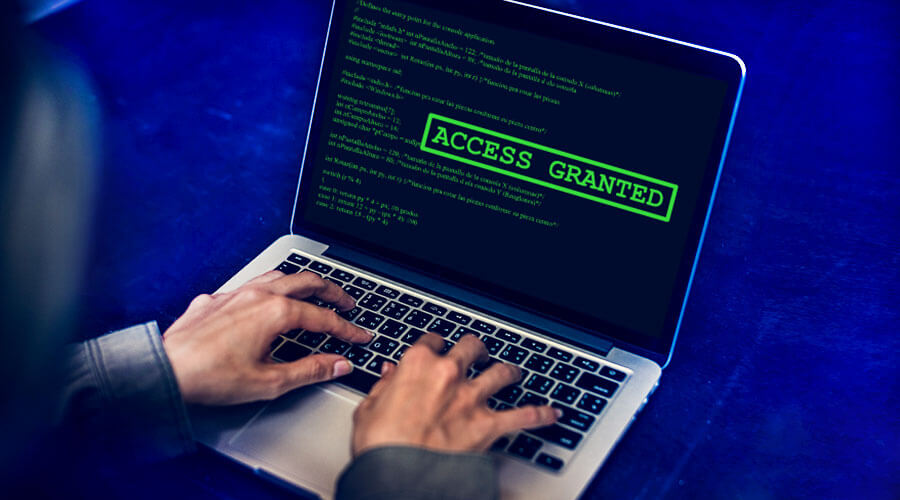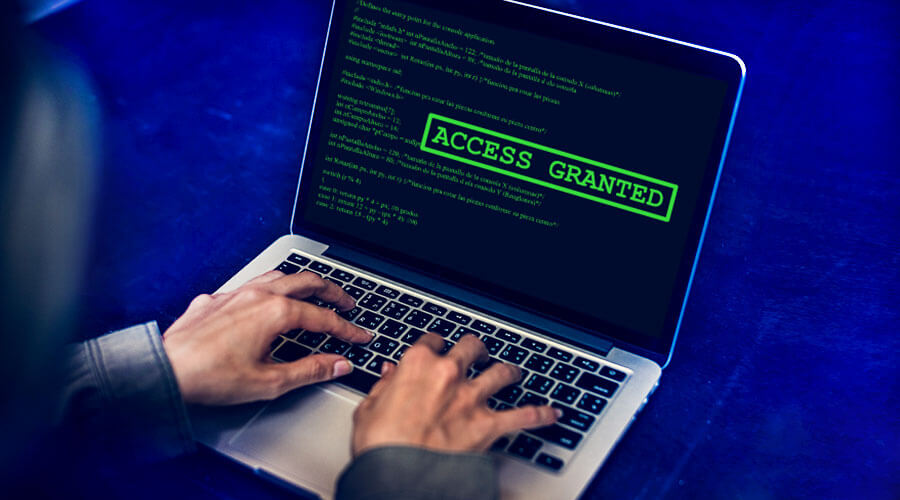5 Strategies to Ensure Revenue Integrity in Healthcare

Many healthcare providers were struggling financially before the pandemic. But now, the U.S healthcare industry is on the verge of financial disaster. According to the American Hospital Association, hospitals are bleeding approximately $50 billion per month due to canceled elective procedures and costs associated with treating COVID-19 patients. Many non-COVID patients have also stopped seeking primary care visits, including patients with life-threatening conditions, because they are worried about exposures. In addition, claim errors, denials, and payment delays that result from inaccurate patient identification, duplicate medical records, and medical identity theft still persist, all of which affects revenue integrity.

Adopting Value-Based Reimbursement (VBR) models has shown to have economic advantages but poses a real challenge for healthcare providers alongside ever-changing healthcare compliance regulations. Siloed workflows, data proliferation, and disparate systems make it difficult to achieve the collaboration that is needed for VBR to yield optimal results. However, intelligent revenue cycle management can be the key to achieving financial stability and revenue integrity.
Identify the problem
Today’s environment requires automating workflows and considering the whole revenue cycle process to ensure revenue integrity. Healthcare providers want an easy, seamless way to manage revenue cycle without errors, such as those caused by patient identification issues. Considering the lack of electronic medical record (EMR) system capabilities to adequately address the critical need for accurate patient identification, it is vital to leverage complementary technologies with core-specific competencies that can improve the overall revenue cycle. For example, improving patient identification and matching processes at the front-end of the revenue cycle process can significantly reduce costs.
As an industry-leader in touchless patient authentication, RightPatient has been helping many healthcare organizations reduce claim errors and denied claims by ensuring accurate patient identification. By eliminating denied claims linked to identification errors, healthcare providers can reduce the burden of back-end activities in the revenue cycle and simplify the reimbursement process to ensure revenue integrity.
Rely on technology
Adopting technology is also essential to ensure that clinical teams across the healthcare ecosystem are accessing high quality shared data to produce the best outcomes. Augmenting the organization’s core systems with complementary technologies on a single, integrated platform enhances internal collaboration with other teams or departments. For instance, RightPatient crosses departmental silos and brings transparency to patient healthcare data across disparate domains. Transparency across teams is critical. RightPatient will ensure that a holistic and accurate medical record of each patient can be accessed by clinical and operational staff members no matter where the patient is authenticated. By automating the patient identification and authentication process, RightPatient improves clinical outcomes and enables staff to proactively focus on other areas where their expertise has the most impact.
Ensure compliance
According to the National Association of Healthcare Revenue Integrity (NAHRI), the goal of revenue integrity is to prevent issues that lead to revenue leakage or compliance risks through effective, efficient, and internal controls across the care continuum, supported by strong documentation and sound financial practices that can withstand audits at any time.
Violation of healthcare compliance is a major contributing factor to financial losses. For instance, HIPAA violations are becoming more common across the U.S healthcare system. HIPAA compliance software, on the other hand, can help address this issue. Such software allows healthcare providers to simplify their compliance efforts and manage training through an effective communication system. Ensuring HIPAA compliance prevents privacy issues that can impact proper revenue cycle management and helps to avoid costly financial losses.
Accurate documentation and coding
Unfortunately, as long as healthcare providers do not address the issue of front-end data validation, claim denials will continue to wreak havoc. Inaccurate patient identification and medical identity theft still remain a major contributing factor to denied claims and payment delays. However, through accurate patient identification, RightPatient enables healthcare providers to bill and code each patients’ information accurately. By ensuring accurate and clinical documentation, this platform significantly reduces inefficiencies of denials and rework, thereby strengthening revenue integrity.
Improve hygiene and foster patient trust with RightPatient
Healthcare providers are witnessing a reduction in non-infected patient activity due to the fear of COVID-19. Visits for general check-ups or other routine procedures have decreased to the obvious financial detriment of healthcare providers. These providers need to reassure their patients that they are taking all precautionary steps to maintain hygiene and control this contagious disease. Adopting RightPatient is a sensible part of this strategy.
RightPatient is a completely touchless biometric patient identification platform that can accurately identify patients throughout the continuum of care. After capturing a photo from a smartphone, tablet, or webcam, RightPatient instantly identifies patients and retrieves their correct medical record. By securing unauthorized access to medical records, hospitals are able to prevent medical identity theft, reduce denied claims, and duplicate records – all of which are vital to a high-performing revenue cycle.
RightPatient also offers remote patient authentication, which is becoming increasingly necessary as people are maintaining social distance by staying at home and getting treatment through telehealth practices. During this process, RightPatient validates patient identities by comparing their ID (e.g. driver’s license) and selfie photos. This process can also help healthcare providers to save money on more expensive identity proofing solutions through credit agencies.
As patient care becomes more complex, so does the management of the revenue cycle. RightPatient can help to simplify and manage the complexity by ensuring safe, ubiquitous patient authentication from various patient encounter points. Full financial recovery from this pandemic may take years, but adopting RightPatient will ensure that you are on a faster path to success.


